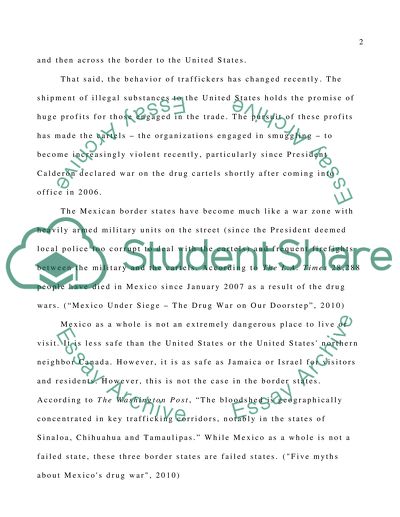Cite this document
(“Drug trade between Mexico and the United states Research Paper”, n.d.)
Drug trade between Mexico and the United states Research Paper. Retrieved from https://studentshare.org/miscellaneous/1573204-drug-trade-between-mexico-and-the-united-states
Drug trade between Mexico and the United states Research Paper. Retrieved from https://studentshare.org/miscellaneous/1573204-drug-trade-between-mexico-and-the-united-states
(Drug Trade Between Mexico and the United States Research Paper)
Drug Trade Between Mexico and the United States Research Paper. https://studentshare.org/miscellaneous/1573204-drug-trade-between-mexico-and-the-united-states.
Drug Trade Between Mexico and the United States Research Paper. https://studentshare.org/miscellaneous/1573204-drug-trade-between-mexico-and-the-united-states.
“Drug Trade Between Mexico and the United States Research Paper”, n.d. https://studentshare.org/miscellaneous/1573204-drug-trade-between-mexico-and-the-united-states.


